Description
How Ripple Formation in Damping Oil Helps Absorb Vibration Energy
- **Vibration Transfer to Ceramic Balls**
When the equipment or system experiences vibrations, these vibrations are transferred to the ceramic balls within the chamber. The high-density and hardness of the ceramic balls make them effective at picking up and transferring vibrational energy.
- **Movement of Ceramic Balls**
The vibrational energy causes the ceramic balls to move or oscillate within the chamber. This movement is relatively small but significant enough to interact with the damping oil surrounding the balls.
- **Creation of Ripples**
As the ceramic balls move, they disturb the damping oil, creating very small waves or ripples on the surface and within the volume of the oil. These ripples represent the physical manifestation of the vibrational energy being transferred into the fluid medium.
- **Energy Transfer to Oil**
The creation of ripples in the damping oil is a key step where kinetic energy (from the vibrations) is transferred to the oil. The viscosity of the damping oil plays a crucial role here. The viscous nature of the oil resists the movement, converting kinetic energy into heat and minor fluid motion.
- **Damping Effect**
The damping oil, due to its high viscosity, acts to resist and slow down the movement of the ripples. This resistance is due to internal friction within the fluid, which dissipates the vibrational energy as heat. Essentially, the energy of the vibrations is spread out and absorbed by the oil, reducing the amplitude of the ripples over time.
- **Ripple Dissipation**
As the ripples travel through the damping oil, they gradually lose their energy due to the internal friction of the fluid. The ripples diminish and eventually disappear, meaning the vibrational energy has been effectively absorbed and dissipated within the fluid.
- **Isolation of Equipment**
By converting the vibrational energy into heat and dissipating it within the damping oil, the method effectively isolates the equipment from vibrations. This isolation ensures that the equipment remains stable and unaffected by external vibrational disturbances, leading to improved performance and longevity.

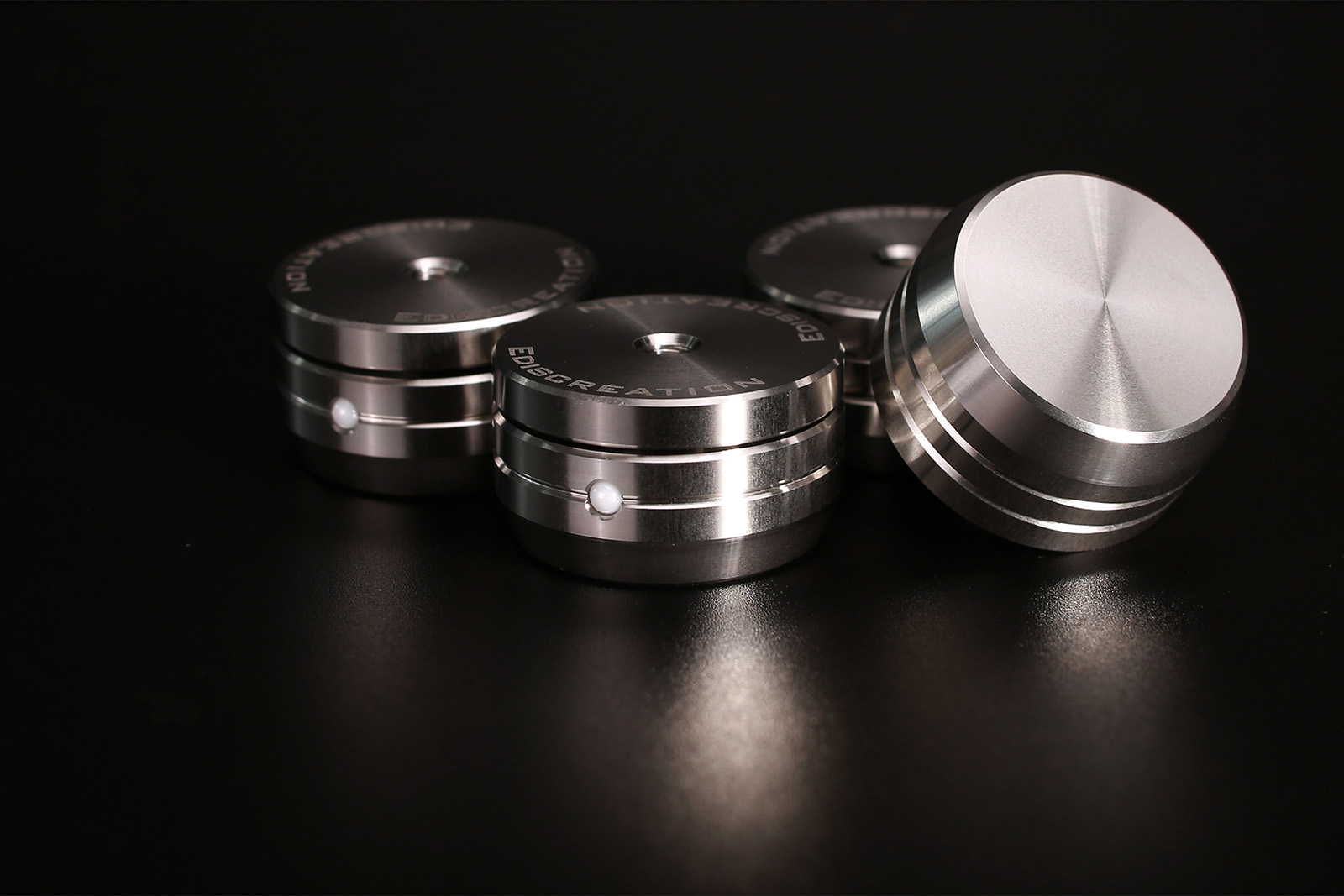
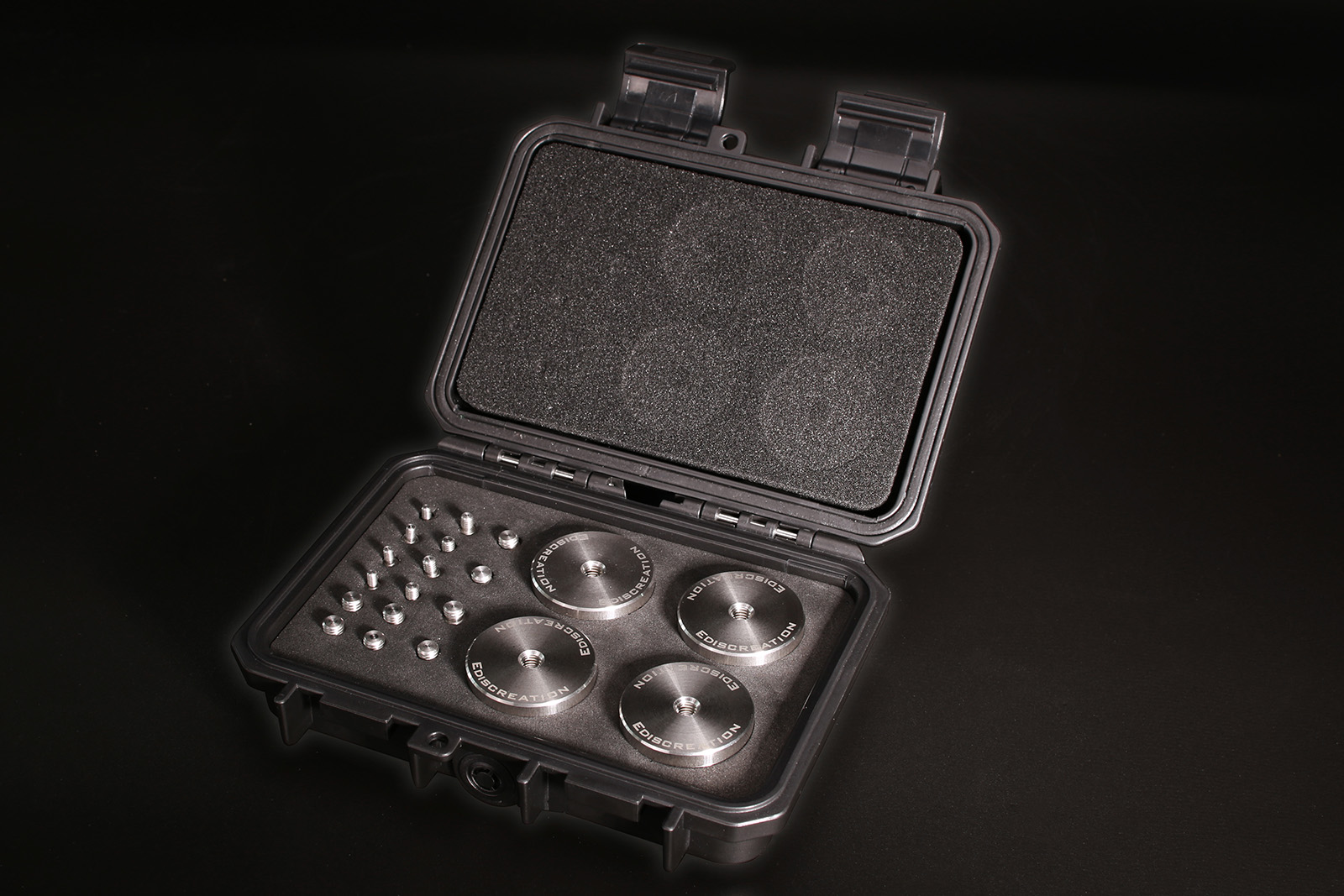
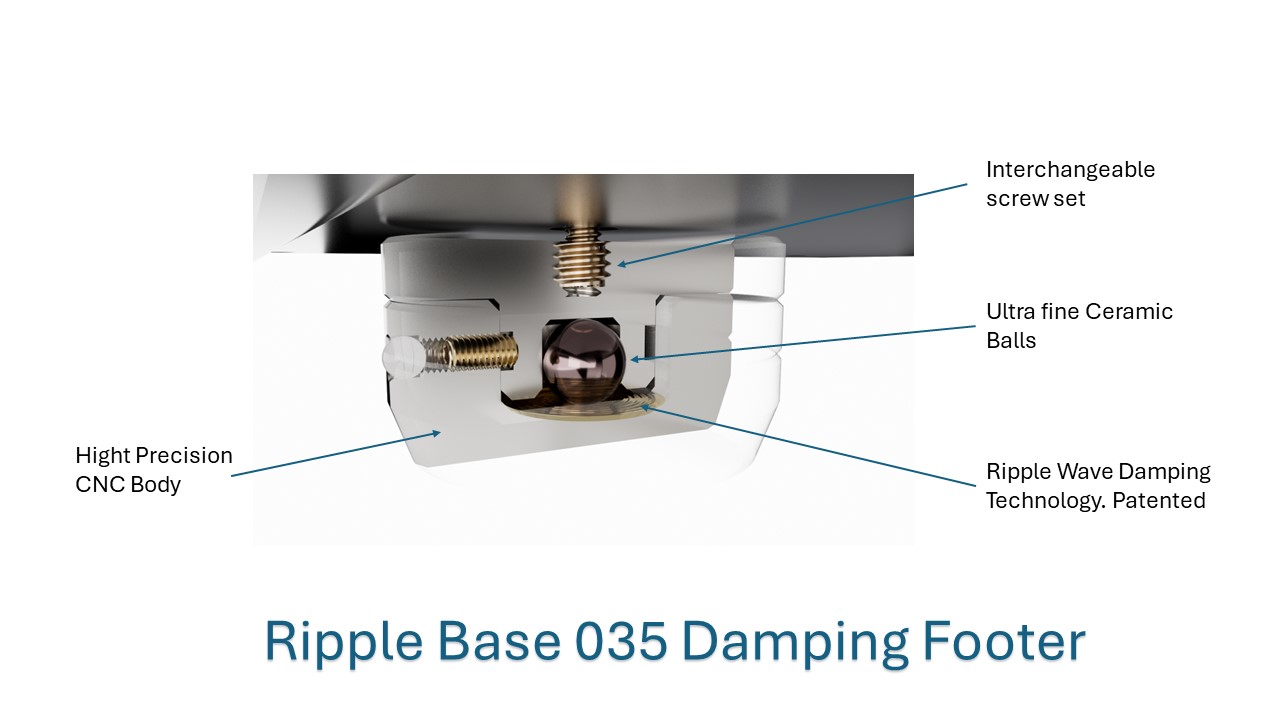
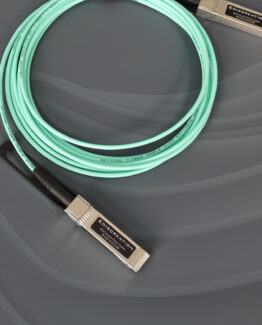
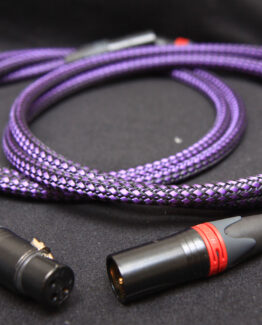
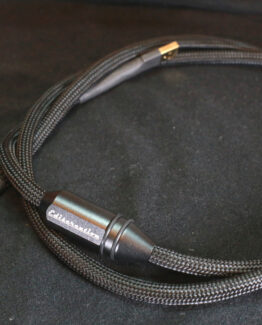


Reviews
There are no reviews yet.